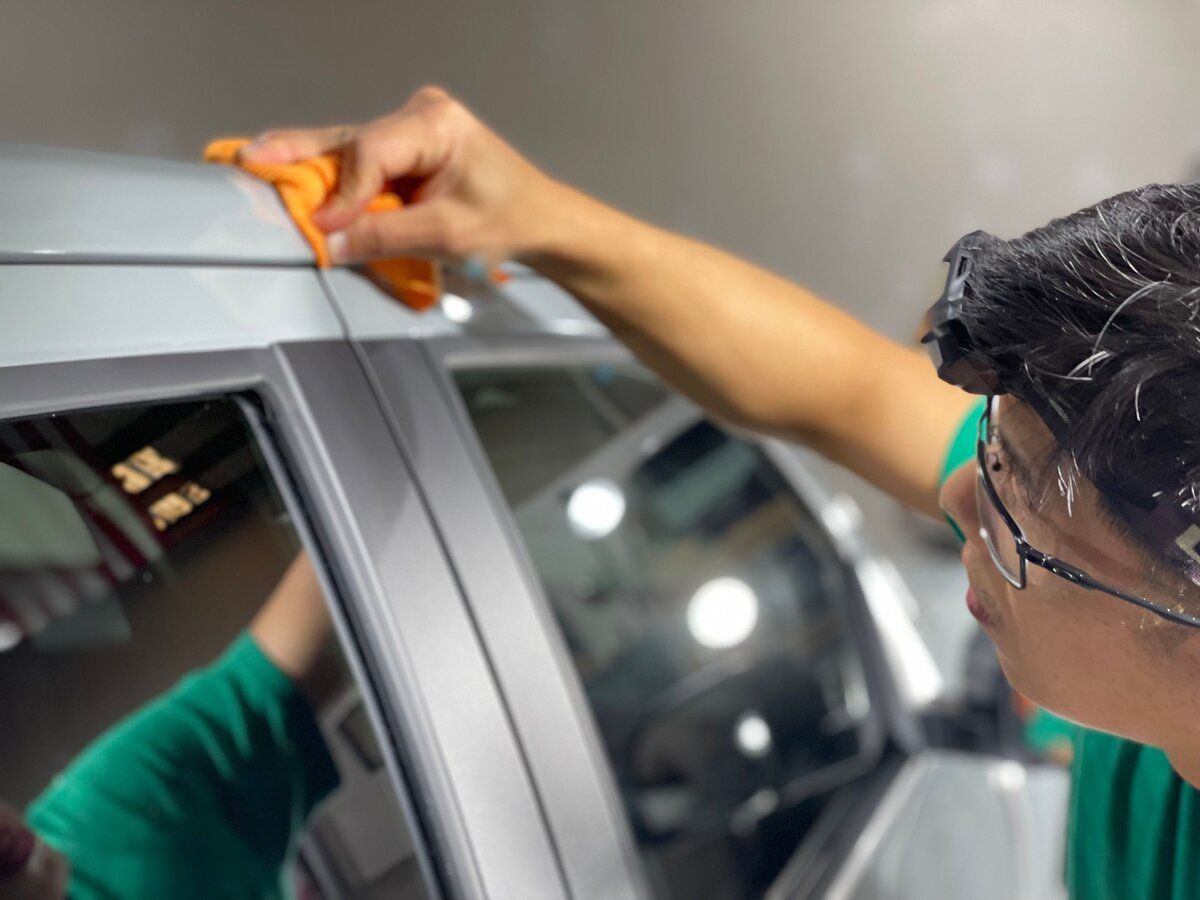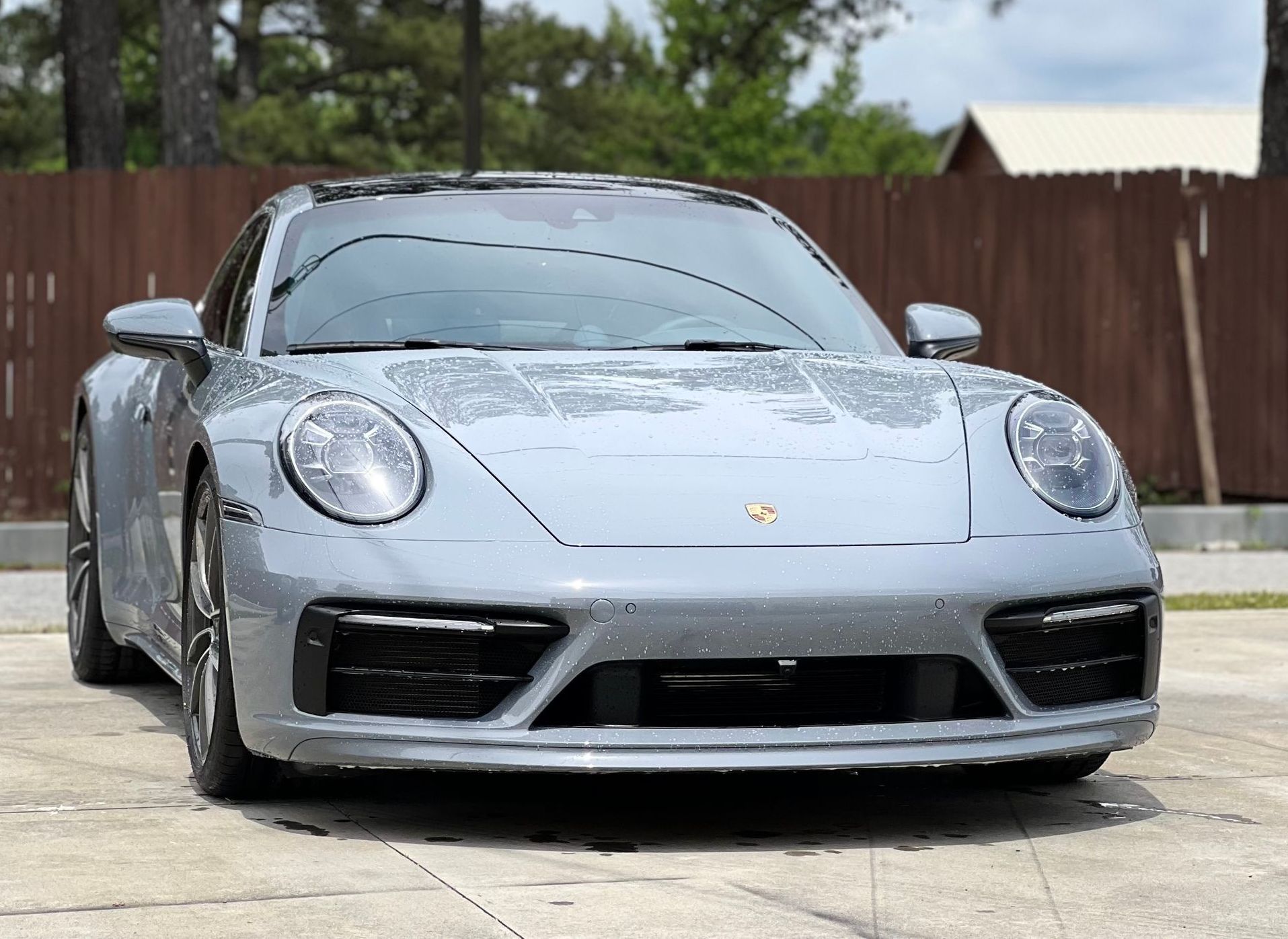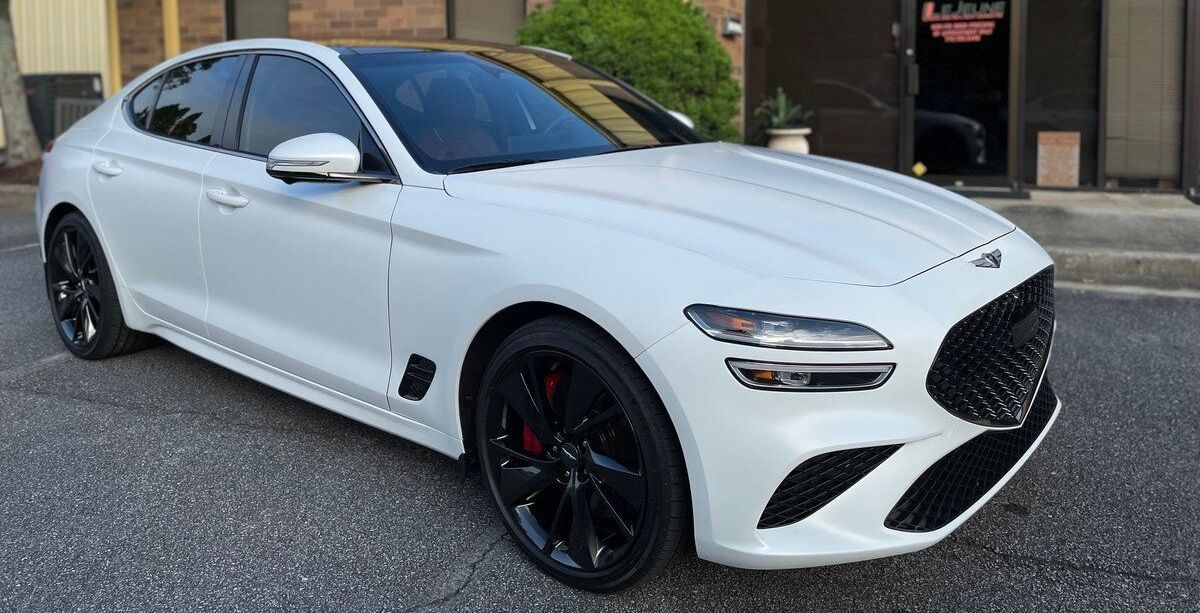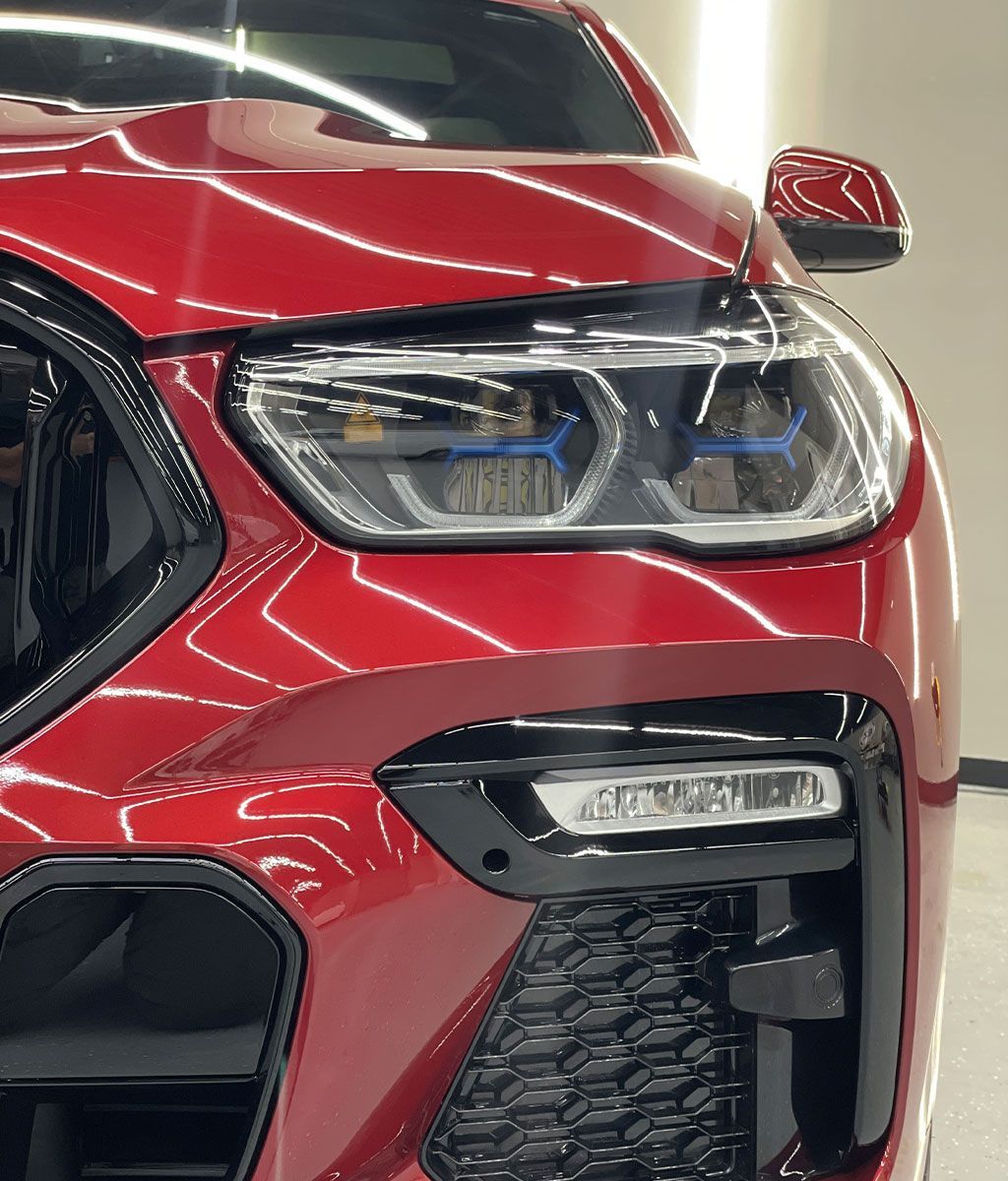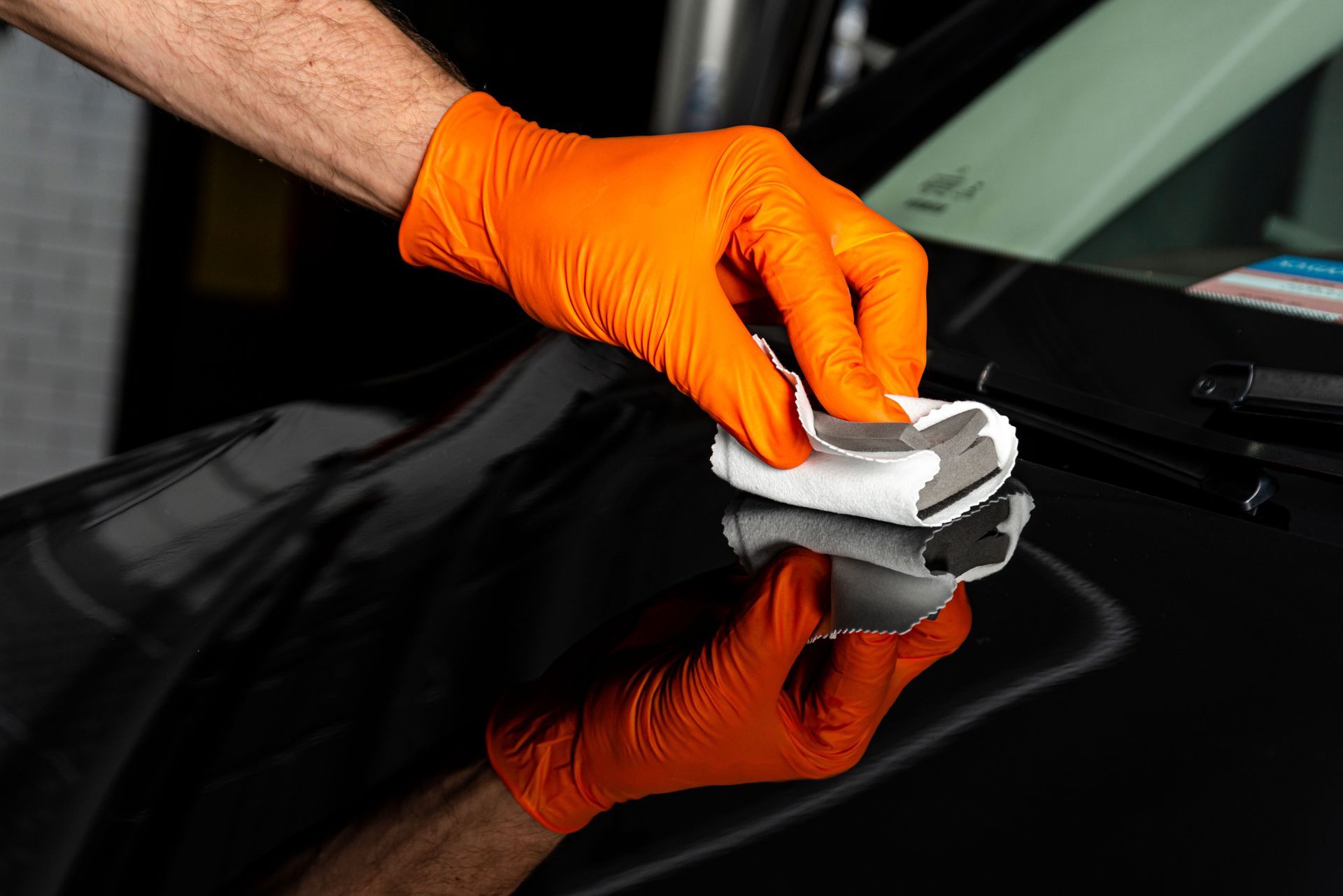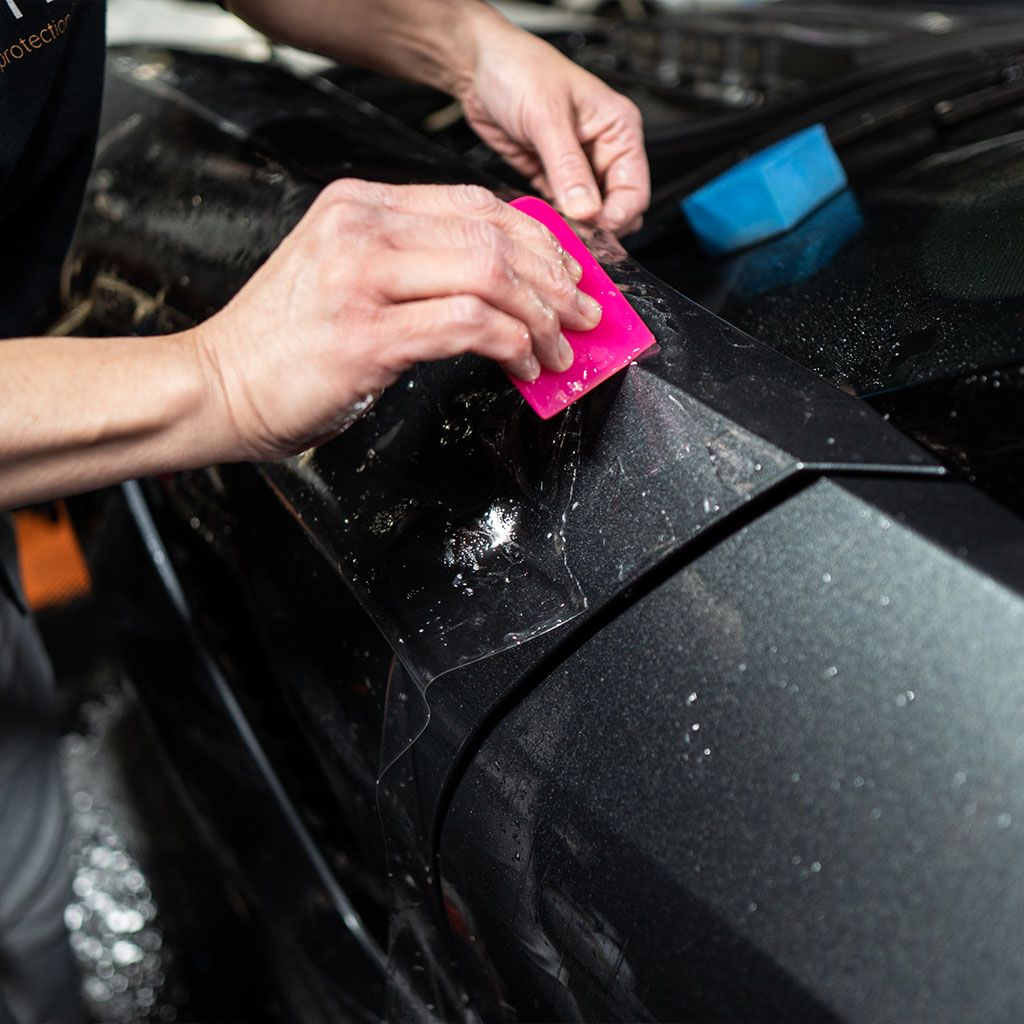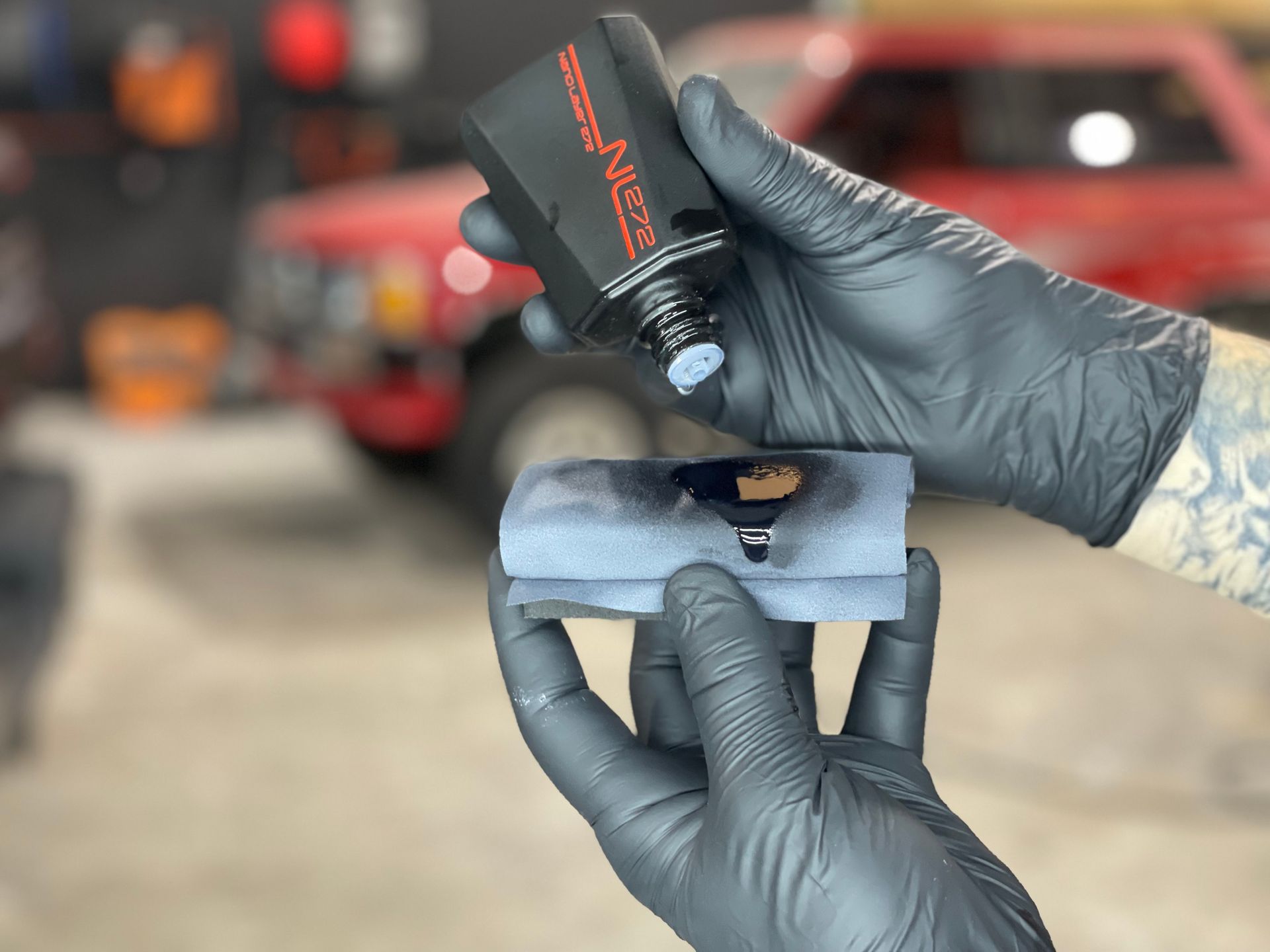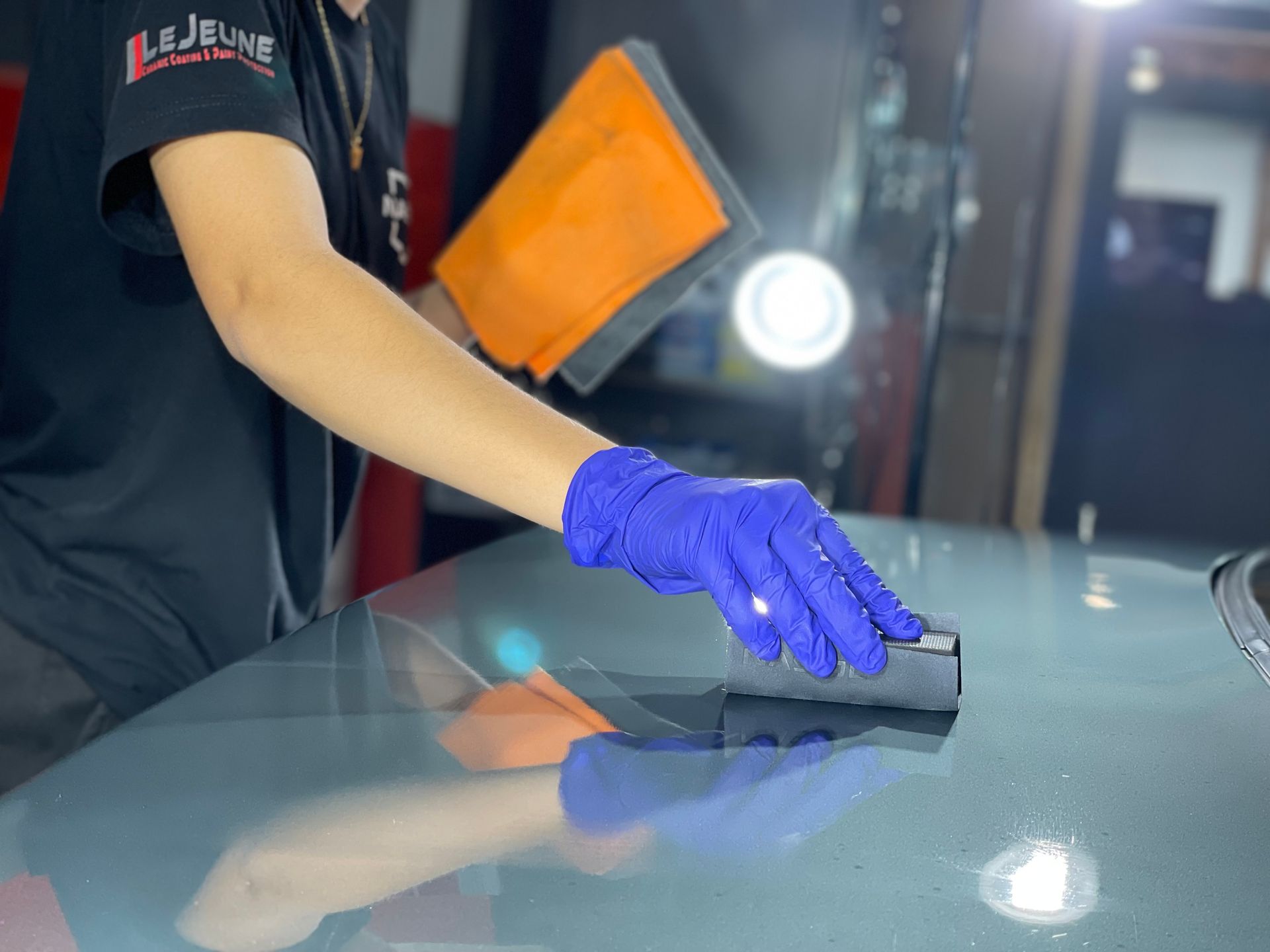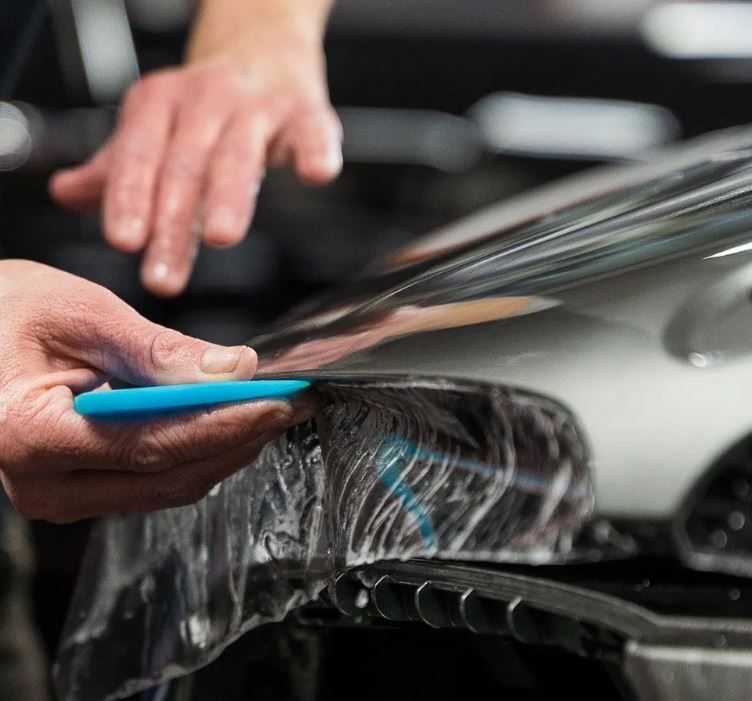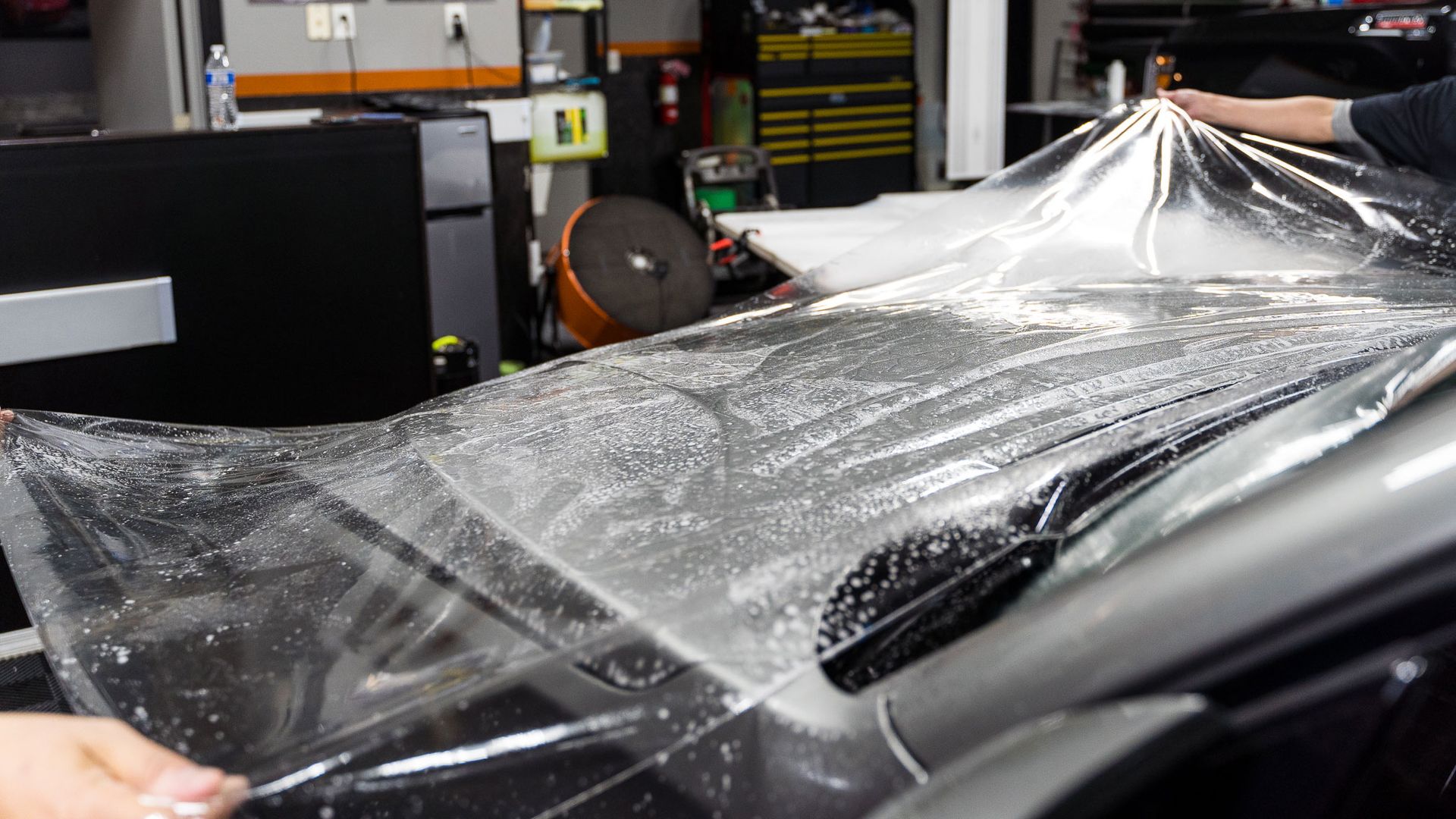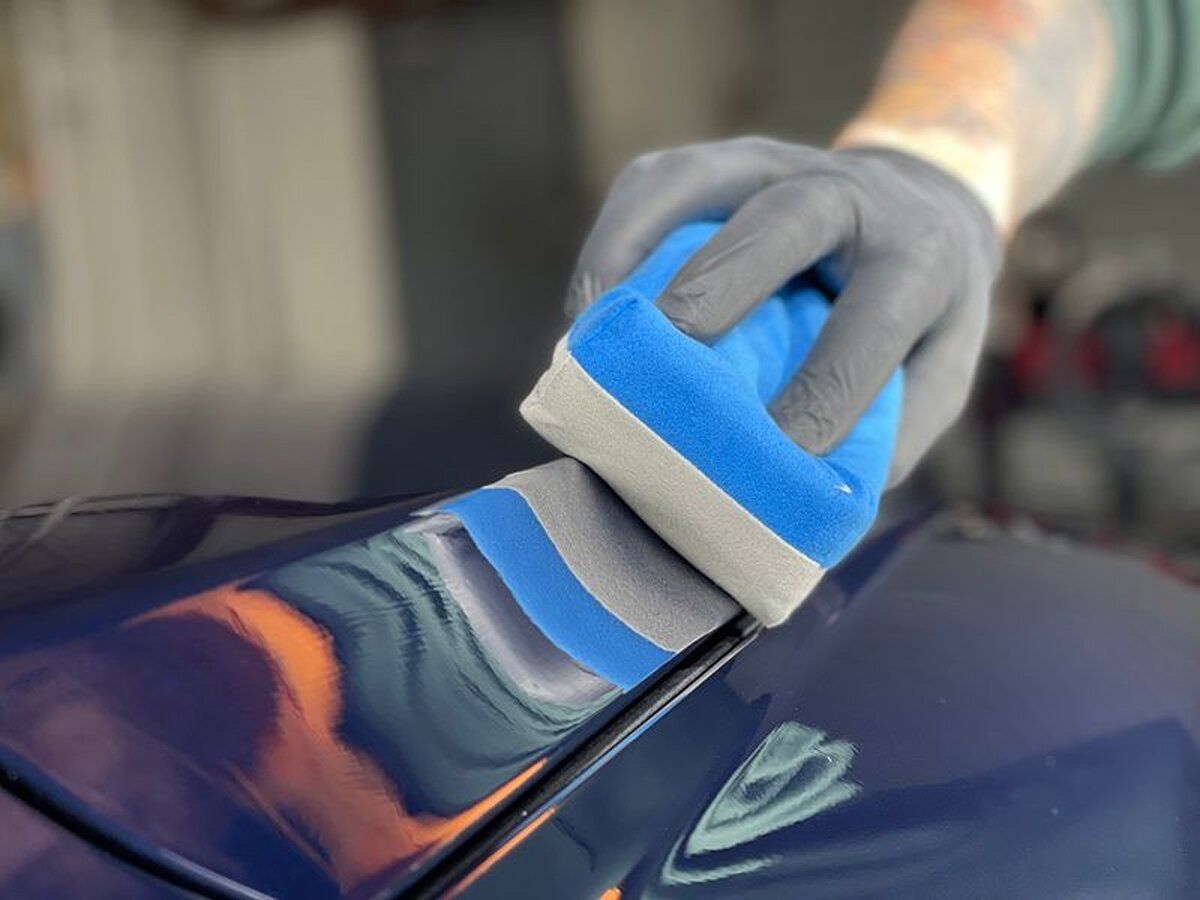How to Identify Early Signs of Wear and Tear in PPF: Essential Maintenance for Your Car
GET A QUOTECALL (770) 722-3486
Finding even the smallest flaw on your car's paint protection film can be frustrating, but ignoring these early warning signs could lead to bigger, more costly repairs down the road. Just as a slight yellow tinge or bubbling under the surface may signal trouble ahead, addressing these imperfections promptly ensures your car remains in top condition and retains its value.
Some early signs of wear and tear in paint protection film include visible scratches, cracks, changes in color, and loss of gloss on the film's surface. Additionally, edge detachment and loss of effectiveness in repelling water or resisting physical damage can indicate the need for paint protection film replacement. Regularly checking for these indicators and promptly addressing minor blemishes is crucial to maintaining the integrity of the film.
Signs of Wear and Tear in Paint Protection Film
Your car's paint protection film is akin to a shield, safeguarding its body against scratches, stains, and weathering. However, even the sturdiest of shields exhibit signs of wear and tear over time. Let's explore some key indicators to keep an eye out for.
- Yellowing: A yellow tint developing on parts of the paint protection film often indicates prolonged exposure to sunlight, resulting in UV damage. This yellowing serves as one of the earliest signs that the protective properties of the film may be compromised.
- Loss of Gloss: A well-maintained paint protection film should maintain a consistent glossy appearance. Noticing a significant loss of shine or a matte finish instead of a smooth, reflective surface points towards diminished durability and effectiveness. Loss of gloss directly impacts the film's ability to protect your car's paint from environmental elements.
- Bubbling or Blistering: Small bubbles or blisters forming beneath the paint protection film are concerning signs that may indicate suboptimal installation quality or issues with the underlying paint. These imperfections create vulnerable spots where dirt, moisture, and contaminants can accumulate, potentially leading to further degradation of the film and the paint underneath.
- Peeling Edges: The edges of your paint protection film lifting or starting to peel away from the surface indicate compromised adhesion. Addressing peeling edges promptly is crucial to prevent more extensive damage, as dirt and moisture can readily infiltrate through these gaps, undermining the protection provided by the paint protection film.
- Cracks and Scratches: Visible cracks or an abundance of fine scratches on the paint protection film directly signal that its protective capabilities may be reaching their limits. Such damages compromise the integrity of the film and reduce its ability to guard against scratches, abrasions, and other harmful elements.
Knowing how to recognize these signals enables you to stay ahead in maintaining your paint protection film's efficacy, preserving both its protective capacity and your car's overall aesthetic appeal.
Visual Indicators of Damage
Your car's paint protection film is like armor that shields your car's paint from the countless projectiles it encounters daily. Just like any armor, it needs regular checks for potential breaches. Here are some key visual cues that indicate the health of your paint protection film.
- Micro-tears: Micro-tears are small, nearly invisible fissures on the film caused by high-speed impact with sharp debris. While seemingly insignificant at first, they can escalate quickly, compromising the protective qualities of the paint protection film. Keep an eye out for any tiny blemishes that could indicate microtears and promptly address them to prevent further degradation.
- Cloudiness or Haze: Cloudiness or a hazy appearance on the paint protection film often results from prolonged exposure to harsh chemicals or environmental conditions. It's a sign that the film has endured significant stress, potentially leading to diminished protective efficacy. Regularly inspecting your paint protection film for cloudiness can help you identify early signs of damage and take necessary steps to address it before further deterioration occurs.
- Edge Dirt Accumulation: Persistent dirt accumulation along the edges of the paint protection film is a strong signal of compromised adhesion, allowing contaminants to seep underneath the film. This not only detracts from the aesthetic appeal but also reduces its protective capacity. Keep an eye out for any edge dirt accumulation and address it promptly to mitigate potential damage.
- Water Spots: persistent water spots on the surface of your paint protection film that cannot be removed through regular washing can indicate a reduction in its hydrophobic properties. The film should ideally repel water effectively to maintain its protective functionality. If water spots persist despite thorough cleaning, it's a key indicator that the effectiveness of your PPF may have diminished.
Imagine if you're trying to clean a table that always remains wet no matter how many times you wipe it down—that's how persistent water spots tell you something might be wrong with your paint protection film. These visual indicators are important guideposts in maintaining the health of your paint protection film. Regular inspections for these signs can give you an early heads-up, allowing you to address any issues before they escalate into more serious problems. Remember, through attentive care and vigilance, you can prolong the effectiveness and lifespan of your paint protection film.
Proper Cleaning and Maintenance Tips
Caring for your car's paint protection film is just as crucial as caring for the rest of your car. Here are some vital practices to ensure the longevity and effectiveness of your paint protection film.
Regular Washing
Regular washing is crucial for maintaining the integrity of your paint protection film. Use a pH-neutral car wash soap and a microfiber mitt to gently remove dirt and grime without damaging the film. It's recommended to wash your car at least once a month to ensure its longevity. By washing it regularly, you prevent contaminants from bonding with the film, preserving its appearance and protective capabilities.
Gentle Drying
After washing, it's important to dry the paint protection film using a clean microfiber towel to avoid water spots. This step ensures that residue and minerals from tap water don't affect the film's appearance, preserving its transparency and aesthetic appeal.
Avoid Harsh Chemicals
It's critical to avoid using abrasive cleaning agents or products like ammonia-based glass cleaners that can deteriorate the paint protection film. These harsh chemicals can compromise the protective properties and visual clarity of the film, diminishing its ability to safeguard your vehicle's paintwork effectively. Using excessively strong or abrasive cleaning products is akin to using industrial strength cleaners on fine china—it'll do more harm than good, leading to long-term damage and reduced efficacy.
In summary, adhering to these proper cleaning and maintenance tips ensures that your paint protection film continues to provide superior protection for your vehicle's paintwork, safeguarding its visual appeal and resale value effectively.
When to Consider PPF Replacement
Replacing your car's paint protection film at the right time is crucial for preserving your vehicle's appearance and safeguarding its resale value. But how do you know when it's the right time to consider paint protection film replacement? The signs may not always be obvious, so understanding the key indicators can help you make informed decisions.
Coverage Degradation
One of the most significant signs that indicate the need for paint protection film replacement is coverage degradation. If more than 20-30% of the paint protection film shows signs of wear, such as scratches, cracks, or discoloration, it’s likely time to replace it to ensure optimal protection. This level of degradation suggests that the film may no longer provide comprehensive coverage, leaving portions of your vehicle's paint vulnerable to damage from environmental elements and road debris. Imagine your PPF as a shield for your car's paint—any loss in its protective capability puts your vehicle at risk. Even minor blemishes should be addressed promptly to prevent further deterioration. Regularly inspect the film for any visible signs of wear and tear. If left unaddressed, these areas could lead to more extensive damage to your vehicle's paintwork, resulting in costly repairs and diminished resale value.
Expiry of Warranty
Most paint protection film products come with a warranty period, typically ranging from 5 to 10 years. While the absence of visible damage might suggest that the existing paint protection film is still effective, it's essential to consider replacement when the warranty expires. The warranty serves as a reliable benchmark for assessing the longevity of the protective film, and replacing the paint protection film after this period can ensure continued protection against environmental hazards and physical damage. Utilize manufacturer-provided guidelines for warranty periods in making informed decisions regarding paint protection film replacement. Carrying out regular inspections to assess any changes in the film's condition is vital, even within the warranty period, to address potential issues proactively.
Loss of Hydrophobic Effect
A noticeable loss of effectiveness in repelling water or resisting physical damage serves as a clear indicator for considering paint protection film replacement. When water no longer beads up or rolls off the surface as it did initially, it indicates that the protective layer is wearing off. This diminishes the film's ability to repel water effectively, compromising its protective qualities against environmental contaminants such as rain, dirt, and pollutants. Consider the hydrophobic effect as your first line of defense against environmental elements—once compromised, it leaves your vehicle's paint susceptible to stains and gradual deterioration. This is particularly important if you live in areas prone to heavy rainfall or if your vehicle endures frequent exposure to harsh weather conditions.
Understanding these key indicators for paint protection film replacement provides valuable insights into maintaining your car's appearance and protecting its underlying paintwork. Keeping a close eye on coverage degradation, warranty expiration, and loss of hydrophobic effect enables you to make timely decisions that preserve the integrity and visual appeal of your vehicle over time.
Maximizing the Lifespan of Your PPF
Your paint protection film is like a shield for your car's precious paint job, and just like any armor, it needs proper care and attention to fulfill its purpose effectively. Here are some essential tips for preserving the integrity and longevity of your paint protection film, ensuring that it continues to guard your vehicle against scratches, discoloration, and other damage.
- Parking Considerations: It's no secret that exposure to the sun can take its toll on your car's exterior, and your paint protection film is no exception. Whenever possible, park your vehicle in shaded or covered areas to minimize UV exposure. Direct sunlight can cause the paint protection film to degrade over time, leading to a decrease in its protective capabilities. By reducing UV exposure, you can significantly extend the lifespan of your paint protection film.
- Regular Inspections: Monthly visual inspections of your paint protection film are vital to catch any potential issues before they escalate. Regular inspections are crucial for spotting early signs of wear and tear, ensuring that you address any minor blemishes promptly. By identifying and addressing small issues early on, you can prevent them from becoming more significant problems that could compromise the effectiveness of the film.
- Applying Ceramic Coating: In addition to regular inspections, applying ceramic coating provides enhanced UV protection and makes cleaning easier. Adding a ceramic coating over the paint protection film provides an additional layer of defense against UV rays, further safeguarding the film from degradation. The ceramic coating not only enhances UV resistance but also repels dirt and grime effectively, making it easier to maintain the appearance of the paint protection film.
- Avoiding Automatic Car Washes: It is best practice to hand wash your car instead of using automatic brushes, which can cause premature wear and tear on the film. Automatic car washes often utilize abrasive brushes that can lead to premature deterioration of the paint protection film. Opting for hand washing with a clean microfiber mitt and a pH-neutral soap allows for gentle yet effective cleaning without causing damage to the paint protection film.
By implementing these best practices, you can protect your paint protection film from premature deterioration and ensure long-lasting coverage for your vehicle's paintwork. For detailed guides on maintaining your PPF, consider visiting our website to keep your car's paint protection film in top shape. Ensuring the optimal care of your car's paint protection film not only maintains its functionality but also preserves the overall aesthetic appeal of your vehicle. By staying proactive with maintenance, you extend the lifespan of both the paint protection film and the paint it shields.
Top-Notch Paint Protection Film Service in Marietta, GA
Protect your vehicle's paint like never before with LeJeune Ceramic Coating & Paint Protection’s top-tier paint protection film service in Marietta, GA. Our PPF products are designed to shield your car from road debris, scratches, and environmental damage while preserving its showroom shine. With expert installation and premium materials, we ensure long-lasting protection that keeps your vehicle looking pristine. Invest in the best defense for your car and enjoy peace of mind every time you hit the road. Contact us today to learn more and schedule your paint protection film installation! Call us at (770) 722-3486 to get started!
